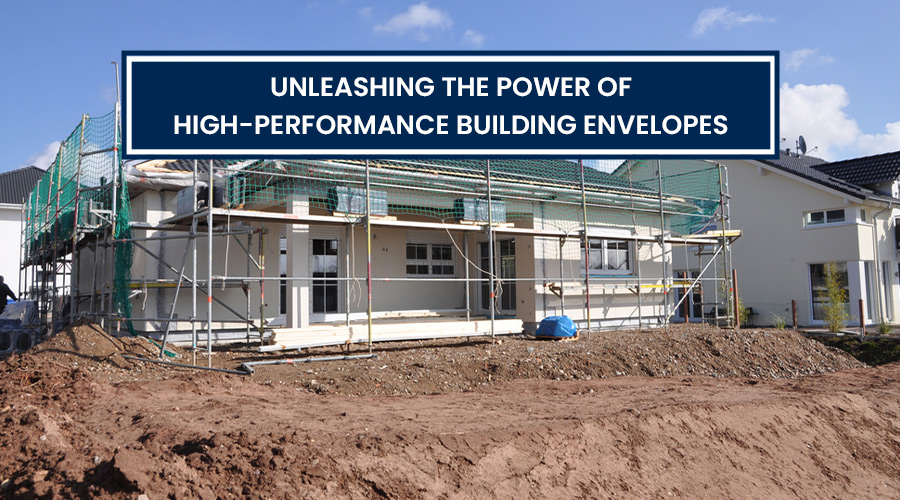Introduction
Building envelopes play a crucial role in ensuring energy efficiency and durability in modern construction. The constant quest for sustainable and efficient buildings has led to the emergence of high-performance building envelopes. By integrating advanced materials and systems, these envelopes are revolutionizing the way we construct energy-efficient and durable structures. In this blog post, we will delve into the world of high-performance building envelopes, exploring the cutting-edge materials and systems that are driving innovation in the construction industry.
The Importance of Building Envelopes
Before we dive into the specifics of high-performance building envelopes, let’s understand why they are crucial for sustainable construction. Building envelopes serve as a barrier between the interior and exterior environments, regulating heat transfer, preventing air leakage, and protecting against external elements. By optimizing these aspects, energy consumption can be significantly reduced, leading to substantial cost savings and a smaller environmental footprint.
Advanced Insulation Materials
Insulation is a key component of high-performance building envelopes. Traditional insulation materials like fiberglass and foam have been widely used, but advancements have led to the development of new, highly efficient options. Explore materials such as aerogel, vacuum insulation panels (VIPs), and phase change materials (PCMs) that offer superior thermal performance and thinner profiles, allowing for more flexible and efficient designs.
Innovations in Glazing Systems
Windows and glazing systems are critical elements of building envelopes, impacting both energy efficiency and occupant comfort. Discover the latest advancements in glazing technologies, such as triple-pane windows, low-emissivity (low-e) coatings, and dynamic glazing. These innovations can optimize solar heat gain, minimize thermal losses, and even provide on-demand control of transparency to enhance occupant comfort and visual aesthetics.
Sustainable Facade Design
The facade of a building not only influences its visual appeal but also has a significant impact on energy consumption. Explore sustainable facade design principles, including the use of green walls, photovoltaic integrated facades, and passive shading systems. These strategies harness renewable energy, mitigate the urban heat island effect, and contribute to a healthier and more sustainable urban environment.
Air and Moisture Control
Air and moisture infiltration can compromise the performance and durability of building envelopes. Learn about advanced systems for air sealing and vapor barriers, such as continuous insulation, airtight membranes, and smart moisture control. These solutions help maintain a stable indoor environment, prevent mold and moisture-related issues, and enhance the longevity of the building.
Integration of Renewable Energy
High-performance building envelopes can also serve as a platform for integrating renewable energy systems. Explore concepts like building-integrated photovoltaics (BIPV), solar thermal collectors, and wind energy harvesting. By leveraging the envelope’s surface area, these technologies enable buildings to generate clean energy, reducing their reliance on the grid and further enhancing their sustainability.
Case Studies and Real-World Applications
To understand the practical implementation and benefits of high-performance building envelopes, we will showcase real-world case studies. Explore iconic structures that have successfully incorporated advanced materials and systems, such as the Edge building in Amsterdam and the Bullitt Center in Seattle. By examining these examples, we can gain insights into the tangible advantages of high-performance envelopes.
Conclusion
High-performance building envelopes have become a catalyst for creating energy-efficient, durable, and sustainable structures. The integration of advanced materials, systems, and renewable energy technologies allows us to push the boundaries of traditional construction. By embracing these innovations, we can not only reduce energy consumption but also improve occupant comfort and create a greener future. As the demand for sustainable buildings continues to rise, high-performance building envelopes will undoubtedly play a pivotal role in shaping the architecture of tomorrow

